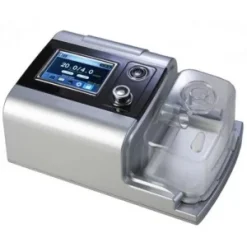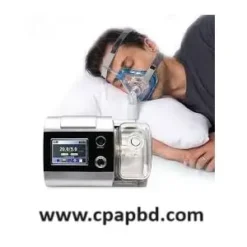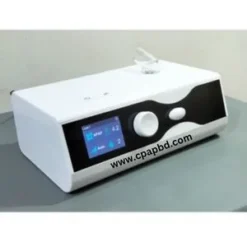Sleep Apnea Treatment at Home
Sleep apnea is a common yet serious sleep disorder that can greatly affect your health and daily life. While professional medical treatments are crucial in severe cases, there are many practical ways to manage sleep apnea at home. By incorporating simple lifestyle changes and tools, you can reduce symptoms and improve your sleep quality. Let’s explore these strategies step by step.
1. First and Foremost: Maintain a Healthy Weight
To begin with, maintaining a healthy weight is one of the most effective ways to address sleep apnea. Excess weight, particularly around the neck, can obstruct your airway during sleep. Therefore, focus on eating a well-balanced diet filled with whole foods like fruits, vegetables, lean proteins, and whole grains. Additionally, regular physical activity, such as walking, swimming, or yoga, can help you shed extra pounds and improve your breathing.
2. Next: Adjust Your Sleep Position
Another important tip is to pay attention to your sleeping position. Sleeping on your back can worsen sleep apnea symptoms by allowing the tongue and soft tissues to block your airway. Instead, try sleeping on your side, which helps keep the airway open. To make this easier, consider using a body pillow or specialized devices that encourage side sleeping.
3. Moreover: Create a Relaxing Sleep Environment
A good sleep environment can significantly impact the quality of your rest. To begin with, keep your bedroom dark, quiet, and cool. For instance, you can invest in blackout curtains to block external light or use a white noise machine to minimize disruptions. Furthermore, establishing a consistent bedtime routine—such as reading a book or meditating—can signal your body that it’s time to relax and prepare for sleep.
4. Don’t Forget: Use a Humidifier
Dry air can irritate your respiratory system, making sleep apnea symptoms worse. Consequently, using a humidifier adds moisture to the air and makes breathing easier. For added benefits, you might include a few drops of essential oils like eucalyptus or lavender to promote relaxation and clear airways.
5. Additionally: Limit Alcohol and Sedative Use
It’s also important to avoid alcohol and sedatives, especially in the evening. These substances relax the throat muscles, increasing the likelihood of airway blockages. Instead, opt for herbal teas or other soothing, non-alcoholic beverages as part of your nightly routine.
6. Furthermore: Practice Breathing Exercises
Breathing exercises can work wonders for strengthening the muscles around your airway and improving airflow. Techniques like diaphragmatic breathing or yoga-inspired exercises are easy to do at home and require minimal effort. Over time, these practices can make a noticeable difference in your symptoms.
7. In Addition: Try an Oral Appliance
For those with mild sleep apnea, over-the-counter oral appliances can be a great option. These devices help reposition the jaw to keep the airway open. However, it’s always a good idea to consult with your doctor before using them to ensure they are right for your condition.
8. Lastly: Monitor Your Sleep Patterns
Finally, using sleep tracking devices or apps can provide valuable insights into your sleep quality. These tools can help you identify patterns and triggers, making it easier to adjust your habits effectively. As a result, you’ll be better equipped to manage your symptoms.
By taking these steps, you can actively manage your sleep apnea from the comfort of your home. Of course, if your symptoms persist or worsen, it’s essential to consult a healthcare professional for personalized advice and treatment options.




